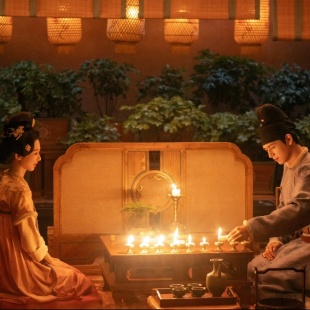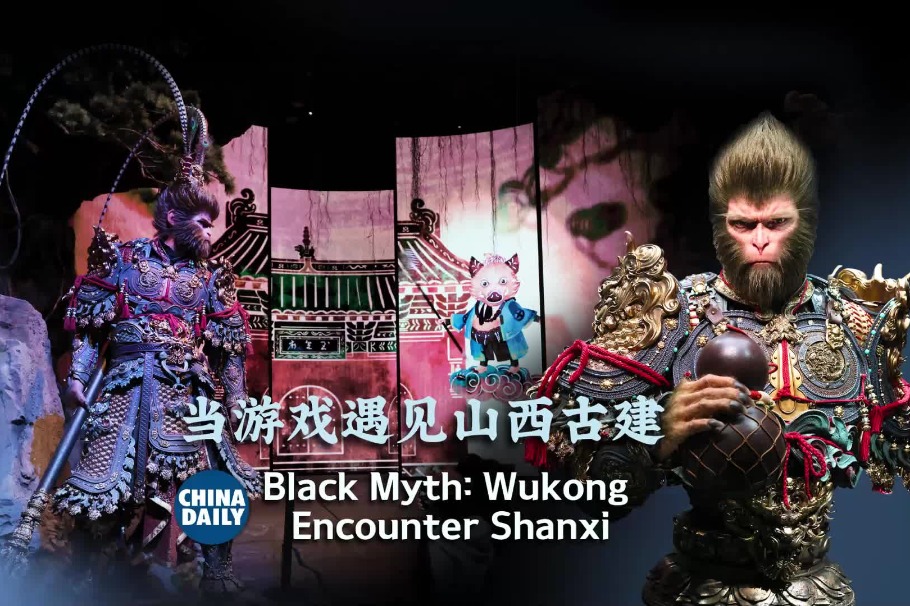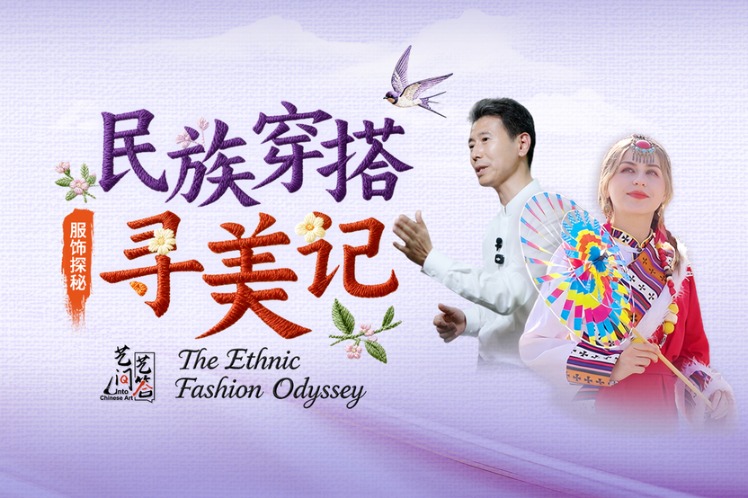Tang Dynasty drama Flourished Peony blooms worldwide


Flourished Peony, a popular franchise centered on a legendary businesswoman in one of China's most culturally prosperous eras, has been distributed to more than 80 countries and regions, according to the Beijing Municipal Radio and Television Bureau.
Set during the Tang Dynasty (618-907), the franchise — with its first season airing in January and the second released in June — follows He Weifang, a talented florist famed for cultivating rare peony varieties, and her bittersweet romance with Jiang Changyang, a royal official favored by the emperor. As He strives to build a flower cultivation business in Chang'an, the dynasty's capital, the couple face a string of trials, the most harrowing of which arises when Jiang fakes his death to secretly rally forces against a rebel army. Once the turmoil subsides, they leave the imperial court behind to begin a peaceful and happy life together.
Featuring a stellar cast led by A-list stars Yang Zi and Li Xian, the drama tailored over 1,500 costumes, with designs inspired by Tang Dynasty artifacts displayed in multiple museums such as the Xi'an Museum in Shaanxi province.
The peony — hailed as the "king of flowers" and a favorite of the Tang royal court — plays a pivotal role, with the crew procuring 12,000 peonies of various species, including some descended from varieties originally cultivated during the dynasty.
The series has gained remarkable popularity, topping the ratings among all dramas broadcast during the same period on the country's satellite TV channels. It has also generated 26.9 billion views on related topics on the short video platform Douyin, according to Hunan Broadcasting System Media Group Co Ltd.
Zhang Zhuo, the drama's chief producer, said the creative team conducted in-depth research into the customs and lifestyles of the dynasty to ensure that every detail — from the actors' makeup to daily utensils and architectural designs — aligns with historical records.
Zhang added that they hope the drama could serve as a vivid scroll painting, capturing the cultural essence of the dynasty and allowing modern audiences to "travel back in time" to experience the splendor of ancient China.





































